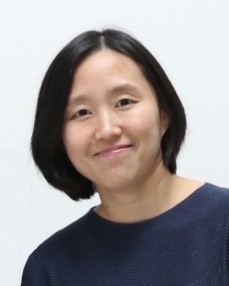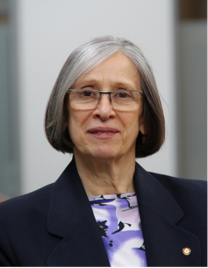Program
WiCAS Event
The Women in Circuits and Systems (WiCAS) Committee of the IEEE Circuits and Systems Society proudly invites you to attend the WiCAS Technical Session organized with the occasion of ISCAS 2021. Attendees are welcome to continue discussions in the breakout rooms and the ad-hoc encounter spaces available in the virtual platform.
WiCAS 2021 Program Schedule
The WiCAS Workshop is scheduled in May 24, 2021 (Monday) in KST(GMT+9).
General Program
| Time in KST(GMT+9) | Title | Presenter |
|---|---|---|
| 13:00-13:30 | Luncheon | |
|
Session Chair 1 (Online): Soo Youn Kim (Dongguk University, Korea) Session Chair 2 (Onsite): SoYoung Kim (SungKyunKwan University, Korea) |
||
| 13:30-13:35 | Opening | Soo Youn Kim (Dongguk University, Korea)SoYoung Kim (SungKyunKwan University, Korea) |
| 13:35-13:40 | Welcome Remarks | Yoko Utame(Tokushima University) |
| 13:40-14:10 | Ultrafine Time Resolution, Linear Time-to-Digital Converter Design | Hayun Chung(Korea University) |
| 14:10-14:40 | Building a Career in Science and Engineering | Ljiljana Trajkovic(Simon Fraser University) |
| 14:40-15:00 | Discussions and Networking | |
Notice for ISCAS 2021 registrants
- WiCAS satellite event @ISCAS 2021 is available for the ISCAS 2021 registrants.
- If you want to take our outstanding WiCAS lectures, please click the button below to register.
- Please be noted that all the domestic registrants are subject to attend the WiCAS sessions onsite.
WiCAS 2021 Invited Speakers
-
 Ultrafine Time Resolution, Linear Time-to-Digital Converter Design
May 24, 2021 13:40-14:10 (KST)
Hayun Chung, Korea University, Korea
Ultrafine Time Resolution, Linear Time-to-Digital Converter Design
May 24, 2021 13:40-14:10 (KST)
Hayun Chung, Korea University, Korea
-
 Building a Career in Science and Engineering
May 24, 2021 14:10-14:40 (KST)
Ljiljana Trajkovic, Simon Fraser University, Canada
Building a Career in Science and Engineering
May 24, 2021 14:10-14:40 (KST)
Ljiljana Trajkovic, Simon Fraser University, Canada
WiCAS2021 Organizing Committee
WiCAS Co-Chairs
- SoYoung Kim SungKyunKwan University, Korea
- Soo Youn Kim Dongguk University, Korea
- Soojung Ryu SK, Korea

